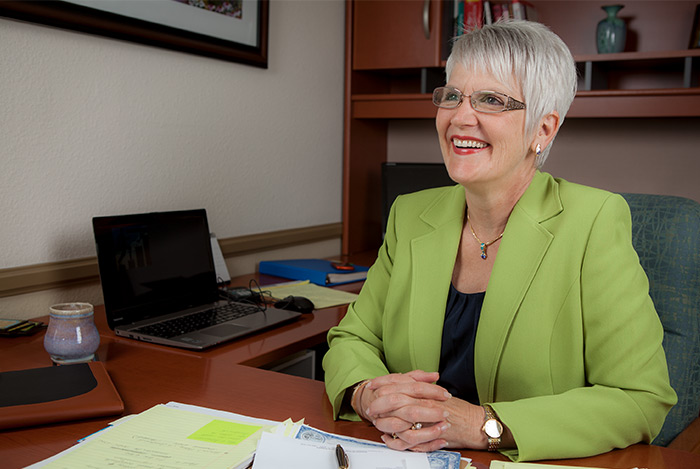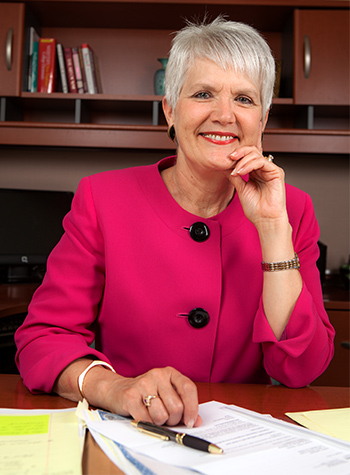Managing the risks of market exposure
Managing the risks of market exposure

Lifetime Planning • Foresters Equity Services, Inc.
Anticipating conditions that could threaten livestock and crops, farmers must plan for the worst and protect for the future. Nancy Hairsine’s father was a farmer, and like him, she uses a variety of financial tools in her efforts to mitigate market risk and preserve capital.
I started in the financial-services industry after getting married and moving to California, where I worked for a real estate firm that was well-diversified with many different types of real estate investments. I eventually went to work for a financial advisor and received my CFP designation through a program run jointly by USC and the College of Financial Planning. The rest is history, as I eventually started my own firm and have grown that practice ever since.
From my upbringing on a farm, I often use analogies in talking to clients.

This, to my mind, is directly analogous to managing within today’s financial environment. You cannot control what is going to happen in the economy or within specific markets, but you need to use the most advanced and modern tools to manage risk.
While managing risk comes into play in every area of a financial plan, it is especially pronounced on the investment side. My goal is to focus on the investment strategy that has the highest probability of achieving the desired results while understanding and mitigating the associated risks.
Second, for my average client with a conservative risk profile, they understand that we are looking to put together a well-diversified approach with lower volatility. This may not mean they are getting the returns their neighbor is bragging about in a roaring bull market, but it does mean they can sleep at night. And that is what our planning process is all about—identifying the needs and goals of clients and putting together risk-managed strategies that are well-matched to their specific objectives.
 It comes throughout the planning process, but it is probably most important in developing risk profiles. What people may believe about their comfort level with portfolio drawdowns can be very different than the actuality if markets were to go down fast and hard. So there are really two parts to the equation: (a) helping clients to identify a risk assessment they can comfortably live with and (b) using active management to stay as true as possible to that profile in terms of risk within a portfolio.
It comes throughout the planning process, but it is probably most important in developing risk profiles. What people may believe about their comfort level with portfolio drawdowns can be very different than the actuality if markets were to go down fast and hard. So there are really two parts to the equation: (a) helping clients to identify a risk assessment they can comfortably live with and (b) using active management to stay as true as possible to that profile in terms of risk within a portfolio.
Overall, this approach has worked well for my practice. I seldom receive any sort of panicky phone call questioning what the markets are doing and the short-term impact that may have. In our quarterly review sessions, we do get very granular on performance and, if the education was conducted and absorbed properly, these tend to be very satisfactory meetings. Some clients will still try, on occasion, to compare performance to the S&P 500, but I always point out that they then also would have to accept the 30%-50% drawdowns of the past two market crashes. That usually provides the proper perspective.
It is really all about long-term positive growth of assets, managing risk along the way. A lot of my clients have more or less grown up with me and they depend on me to stay abreast of the latest tools and strategies. The evolution of actively managed strategies and data-driven decision-making really helps meet that objective for my practice and my clients.
Disclosure: Nancy Hairsine is an investment advisor representative offering securities and advisory services through Foresters Equity Services, Inc., a registered investment advisor and member FINRA/SIPC. Lifetime Planning and Foresters Equity Services are separate, unaffiliated entities.
Post-publication note: Ms. Hairsine has been registered with LifeMark Securities Corp. since 2018.
Photography by Saul Bromberger and Sandra Hoover

